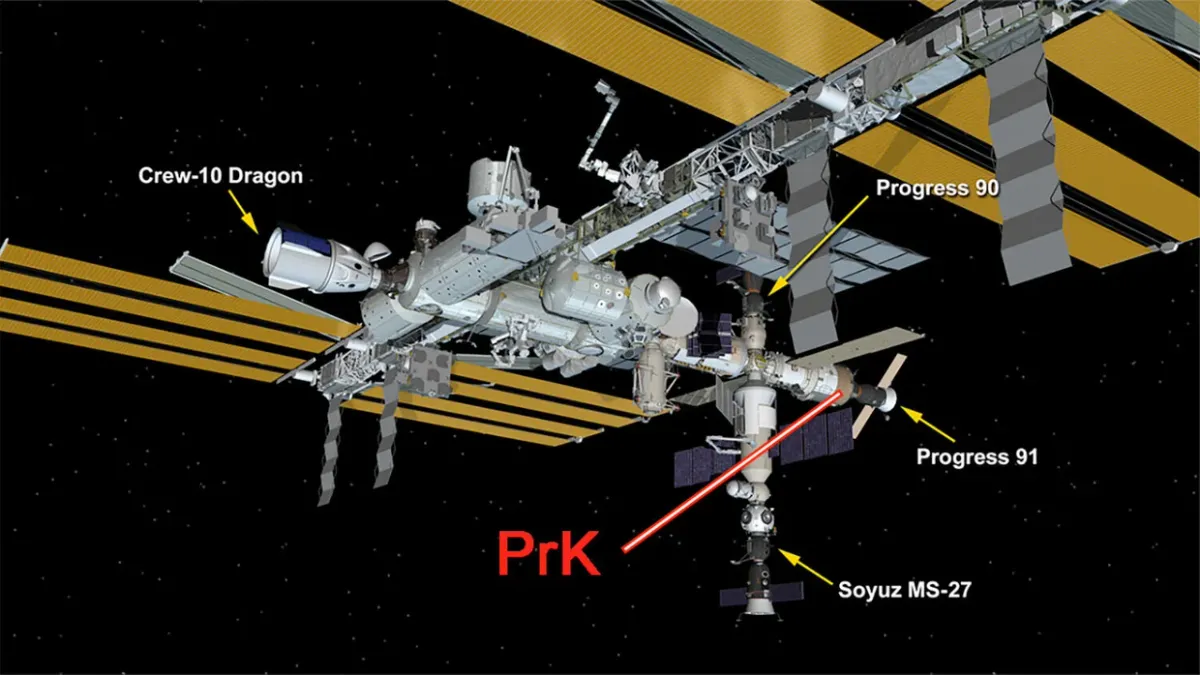NASA has made the difficult decision to delay its upcoming commercial crew launch while engineers work around the clock to address a concerning air leak aboard the International Space Station (ISS). The postponement highlights the complex safety calculations that govern human spaceflight and underscores the ongoing challenges of maintaining Earth's premier orbital laboratory.
The Current Situation
The delay affects the scheduled launch of a SpaceX Crew Dragon mission that was set to transport astronauts to the ISS. NASA officials announced the postponement following extensive discussions about crew safety and operational protocols related to the station's atmospheric integrity issues.
The air leak, which has been monitored for several months, occurs in the Russian segment of the space station, specifically in the vestibule connecting the Zvezda service module to a docked Progress cargo spacecraft. While the leak rate remains within manageable parameters, NASA's commitment to crew safety has prompted a thorough reassessment of launch timing and crew rotation schedules.
Understanding the Technical Challenge
What Causes Air Leaks in Space?
The ISS operates in one of the harshest environments imaginable. Constant temperature fluctuations, micrometeorite impacts, and the natural aging of materials all contribute to potential structural compromises. The station experiences temperature swings of up to 500 degrees Fahrenheit as it orbits between Earth's sunlit and shadowed sides every 90 minutes.
Air leaks are not uncommon on the ISS, which has been continuously occupied for over two decades. However, each incident requires careful evaluation to determine whether it poses an immediate threat to crew safety or long-term mission viability.
Current Leak Assessment
Engineers have been tracking the leak's progression using sophisticated monitoring equipment. The current leak rate, while elevated above normal baseline levels, does not pose an immediate emergency. However, NASA's conservative approach to crew safety means that any anomaly affecting life support systems receives intensive scrutiny.
Russian space agency Roscosmos, which operates the affected module, has been working closely with NASA to understand the leak's source and potential solutions. The collaborative effort demonstrates the international partnership that keeps the ISS operational despite geopolitical tensions on Earth.
Impact on Commercial Crew Operations
SpaceX Partnership Considerations
The delay affects SpaceX's regular crew rotation schedule, which has become a cornerstone of NASA's human spaceflight operations since the retirement of the Space Shuttle program. These commercial partnerships have proven invaluable, providing reliable access to the ISS while allowing NASA to focus on deep space exploration initiatives.
SpaceX has demonstrated flexibility in accommodating NASA's safety requirements, adjusting launch schedules as needed to ensure optimal conditions for crew transfer and station operations. This adaptability has become a hallmark of the commercial crew program's success.
Crew Rotation Implications
Current ISS crew members may need to extend their stays in orbit while the situation is resolved. While astronauts are trained for mission extensions, prolonged stays can impact both crew wellbeing and ground-based mission planning. NASA carefully balances these factors when making scheduling decisions.
Historical Context and Lessons Learned
The ISS has faced various technical challenges throughout its operational history, from computer failures to cooling system malfunctions. Each incident has contributed to a growing knowledge base that informs current decision-making processes.
Previous air leak incidents have been successfully resolved through a combination of temporary patches and permanent repairs. The station's modular design allows for compartment isolation if necessary, providing multiple layers of safety protection for crew members.
Looking Forward
NASA's methodical approach to addressing the air leak reflects decades of hard-won experience in human spaceflight operations. While delays are never ideal, they demonstrate the agency's unwavering commitment to crew safety over schedule pressures.
The situation also highlights the importance of having multiple crew transportation options. NASA's contracts with both SpaceX and Boeing (once Starliner becomes fully operational) provide essential redundancy for maintaining continuous ISS operations.
As engineers continue their assessment, the space community remains confident in the ISS's long-term viability and the commercial crew program's ability to adapt to evolving challenges. This delay, while disappointing, represents the careful, methodical approach that has kept astronauts safe for over six decades of human spaceflight.
The resolution of this issue will likely provide valuable insights for future space station designs and operational procedures, contributing to humanity's growing expertise in long-duration spaceflight operations.
